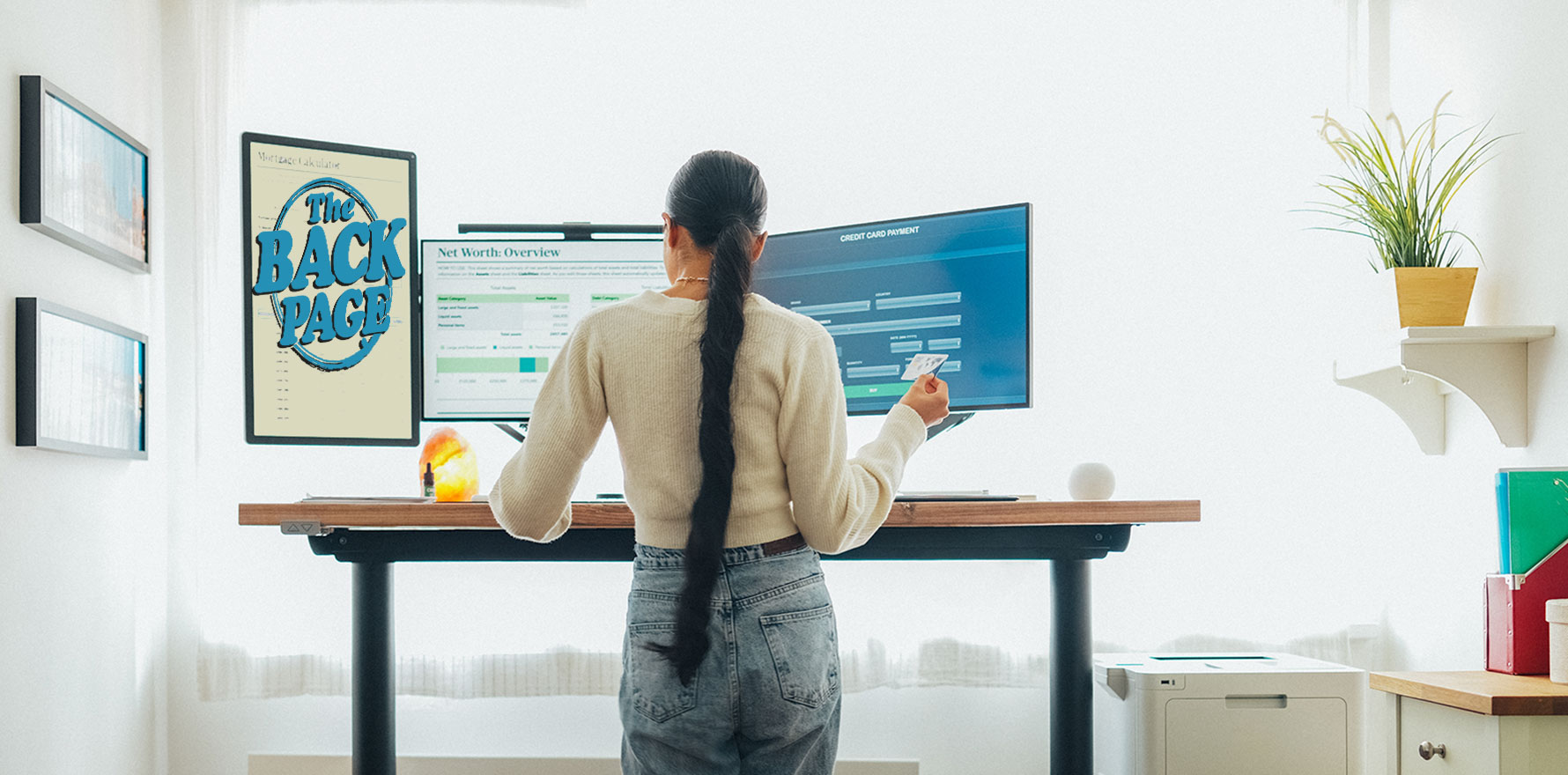That expensive, heavy hydraulic thing on your desk that you never use may be, in fact, useless.
Are you sitting down?
Because we have some news for you: as far as your blood pressure is concerned, you may as well stay that way.
Optimal blood pressure of 120/80mmHg is to be found in less than a fifth of American adults, according to the authors of a new study in Circulation testing the effect of reduced sitting on blood pressure.
Hypertension is often cited as a danger of sedentary behaviour in the sitting is the new smoking-type articles that have proliferated in the past decade, which note that sitting is distinct from lack of physical activity – exercise does not seem to fully compensate CVD-risk-wise for long stretches in a chair.
So this team tested a multi-part intervention to reduce sedentary behaviour, recruiting 271 adult desk workers aged 21 to 65 with moderately high blood pressure (resting systolic BP of 120-159mmHg or diastolic BP 80-99mmHg), who were unmedicated and exercised less than the recommended 150 minutes per week.
The intervention arm received a sit-stand desk, a wearable that prompted them to move, twice-weekly pestering text messages and behavioural counselling with regular check-ins. They were told to replace sitting with 15-30 minutes of standing per hour at work and take multiple short movement breaks during the day.
Blood pressure was thoroughly measured at baseline and after three months, as was arterial stiffness via pulse-wave velocity. Physical activity levels were also measured.
The team hypothesised that the intervention would reduce both measures compared to the controls, who received nothing.
On average the intervention group reduced their sitting time by 1.15 hours a day, less than the hoped-for two to four hours but still something.
And yet, while both groups reduced their systolic and diastolic BP somewhat, there was no significant difference between them.
Stranger to tell, arterial stiffness increased in those who spent less time sitting (i.e. more time standing) at work, but decreased in those who spent less time sitting during non-work time.
“Taken together, our findings indicate that reducing sedentary behaviour by ~1 hour each day and primarily through standing during work is not an effective nonpharmacologic strategy for reducing BP and improving arterial stiffness,” the authors conclude.
Even if the subjects had reached the targeted reduction in sitting time per day, “we surmise that it is unlikely that [this] would have improved BP in a clinically meaningful way”.
As to the arterial stiffness finding, they can only conclude that standing still in front of a desk is … no better than sitting: “This later finding may be explained by the postulated phenomenon whereby exposure to occupational standing (which is typically prolonged and static) may result in blood pooling and a similar cascade of negative cardiovascular effects that occur with prolonged sitting.”
The Back Page is feeling a little less guilty that her sit-stand desk has all but rusted into the sit position.
As a TMR colleague put it: “I like this study. I’m opposed to standing desks. We’re working, dammit – we should get to lie down, not have to stand up.”
Send obsolete office contraptions and story tips to penny@medicalrepublic.com.au.


